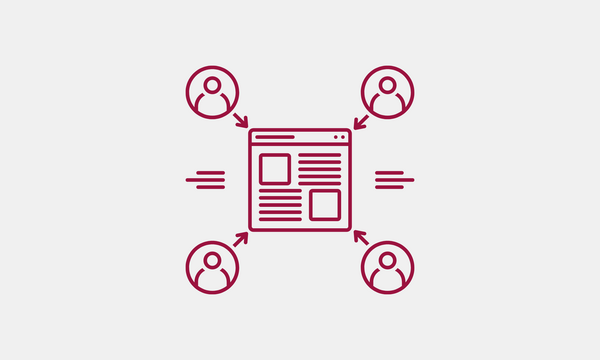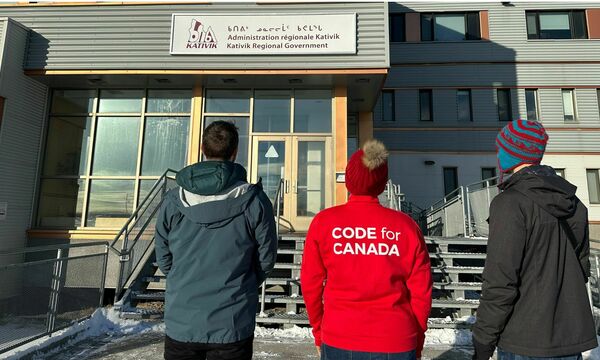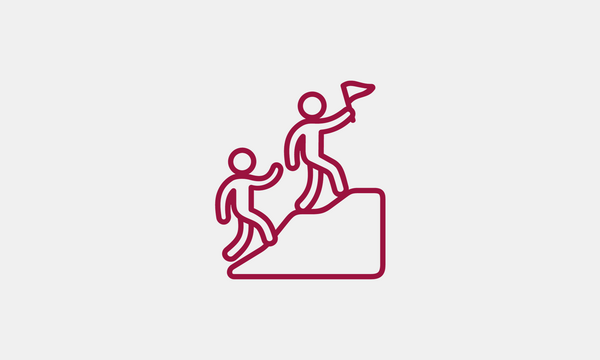Towards more coordinated access to housing in Toronto

Ayisha Memon
October 3, 2019

Hi! We’re Team Jazz Casuals, otherwise known as the Code for Canada fellows partnering with the City of Toronto’s Shelter, Support and Housing Administration (SSHA). Our team consists of Sabrina Dominguez (UX Designer), Russell Hoy (Developer), and Ayisha Memon (Product Manager).
The three of us have quite different backgrounds, with experiences ranging from working in immigration services for the Government of British Columbia to building software products for large enterprises. What we all have in common is that we are deeply interested in and committed to creating impactful change for residents in our community.
We’re spending our time at the SSHA working with the division’s Policy, I.T., and Operations units to help implement a federally-mandated Coordinated Access system for the City of Toronto.
So, what does Coordinated Access mean exactly? It’s a system of programs and services that connect people who are experiencing homelessness with permanent housing as well as any financial, health, or social supports they may need to stay housed. Those can include employment training, referrals to health supports, or harm reduction services like safe injection kits.
“A consistent approach to assessing, prioritizing, and connecting people experiencing homelessness to housing and supports. The system prioritizes access to housing and supports based on a set of criteria and a common assessment tool, and matches high priority clients with available housing and support opportunities.”
According to the Toronto’s 2018 Street Needs Assessment, there were over 8,700 people experiencing homelessness in the city in 2018, with the primary causes of homelessness being migration, the economy and housing affordability. Unsurprisingly, 94 per cent of people experiencing homelessness want to obtain permanent housing — and this is where a Coordinated Access system can really make an impact.
The federal deadline to deliver Coordinated Access is March 2022, and the team at SSHA has already been working hard on the project. They’re ready to explore how technology and design can help implement parts of the system, and that’s where we come in!

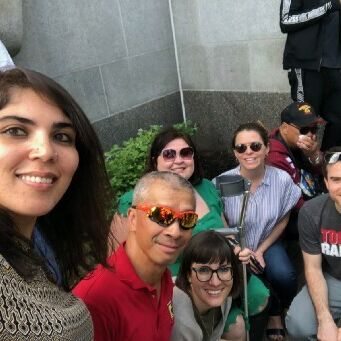
Mapping out the system
Implementing Coordinated Access in a city with such a high demand (and short supply) for affordable housing requires input from a lot of different people. We’ve spent our first two months at SSHA visiting shelters and speaking with stakeholders, from housing counsellors to I.T. system integrators. One of the most inspiring things we’ve noted is that staff go out of their way to ensure the people they are working to serve have as positive an experience as possible, despite the limited resources that might be available to them.
One of our key activities was working with Division staff to map out the Coordinated Access system requirements and components. This gave us a better picture of the system and created opportunities for staff to communicate out their work and learn from one another.
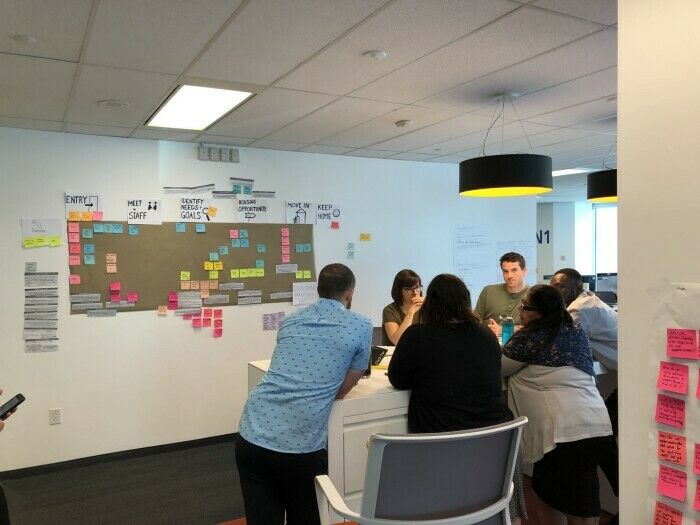
What we’ve learned is that SSHA, along with its partner agencies and providers, is in essence already doing the key activities which make up a Coordinated Access system via a host of tools, services, and programs. However, a lot of this work is being done independently, without coordination between the different groups.
Whenever a client enters the city’s shelter system, they are asked a series of basic questions so that their information can be captured in the bed management system that all shelters use. They may also be asked a similar set of questions so shelter staff can orient them and understand their immediate needs. And once they’re in the shelter, clients may be asked to tell their story again, so they can be connected with relevant services.
If an individual moves from shelter to shelter, they have to answer all those questions again, since there’s no way to capture and share notes across the various shelter agencies. This can be a triggering experience for clients and can slow down the process of connecting individuals with the resources they need.
Mapping out the system alongside staff allowed us to collectively identify these pain points. Now we can start thinking about ways to make it easier for shelter staff to learn about clients’ needs and share that information effectively and respectfully.
Winter is coming, but we’ll be alright
We’ve spent two months of discovery better understanding who our stakeholders and user groups are, getting caught up on the projects that SSHA staff are working on, and generally asking a lot of questions.
One thing we’re missing is input from people with lived experience of being homeless or precariously housed. We want to make sure we’re approaching these conversations in a non-disruptive way and that we’re asking only necessary questions. Fortunately, our colleagues at SSHA have significant experience working directly with people experiencing homelessness, and we’ve been lucky enough to get their input on best practices for those types of engagements.
All of our research has demonstrated that while the work that SSHA and its partners do is tough, everyone involved is committed to ensuring positive outcomes for their clients. That’s a real motivator for us; we’re committed to making the lives of clients and staff easier, and doing so in a way that’s sustainable, repeatable, and scalable.
Right now, we’re working on prototyping a few potential solutions, including a digital common assessment tool and an improved digital client profile. These prototypes have two purposes: we want to quickly demonstrate how much of an impact well-designed tools and services can have, and also learn where in the Coordinated Access process we can intervene to deliver the highest value.
We’re also thinking about the weather. When the Canadian winter arrives, SSHA staff are often called in to work in respite centres and emergency shelters. We’re planning ahead to make sure we’re still able to effectively collaborate with SSHA staff when they’re out of the office doing that important work.
That’s it for now, but we’re looking forward to sharing more updates with you as we move along. Until then, stay jazzy!
The Code for Canada fellowship embeds technology professionals into government, where they work alongside public servants to build great digital services. To learn more about becoming a fellow, or hosting a team of fellows in your department, visit codefor.ca/fellowship.


